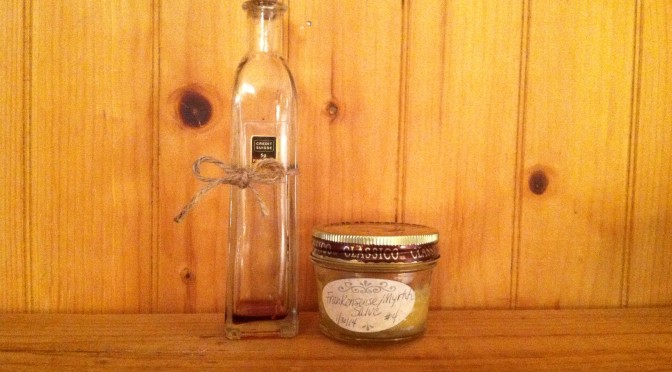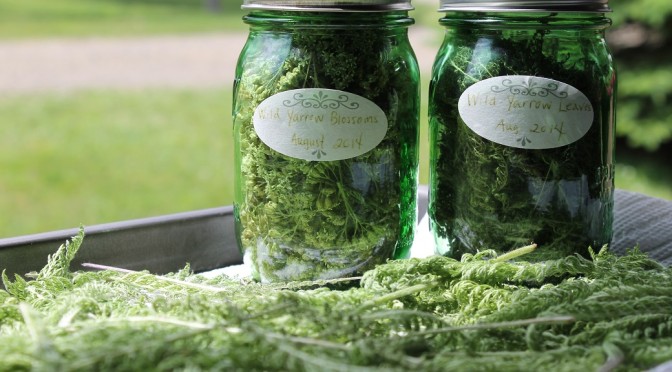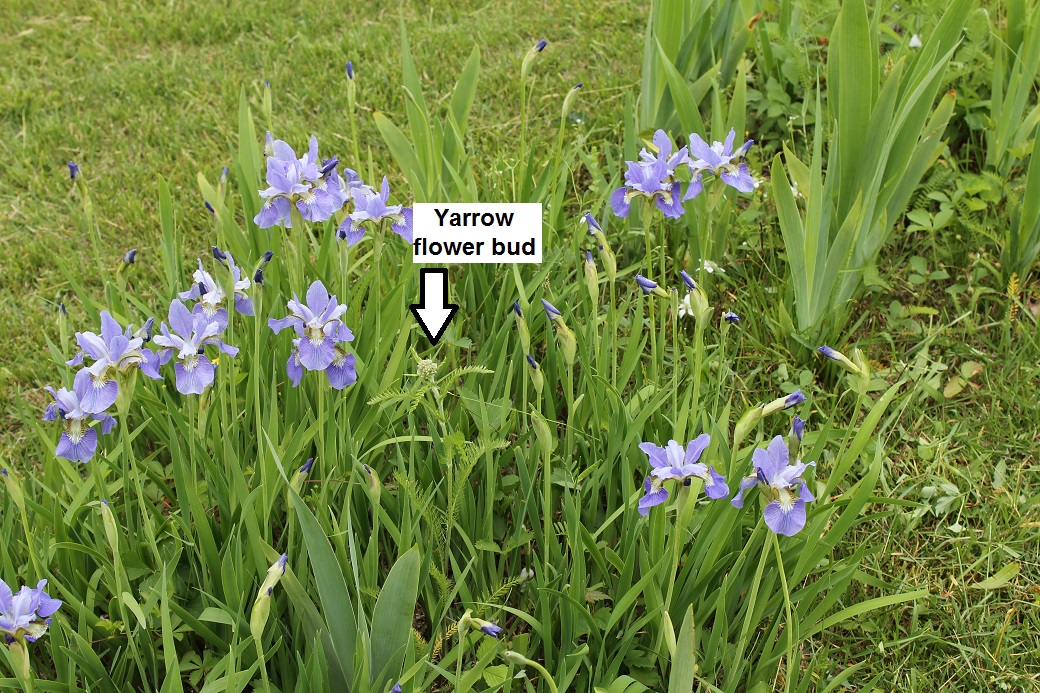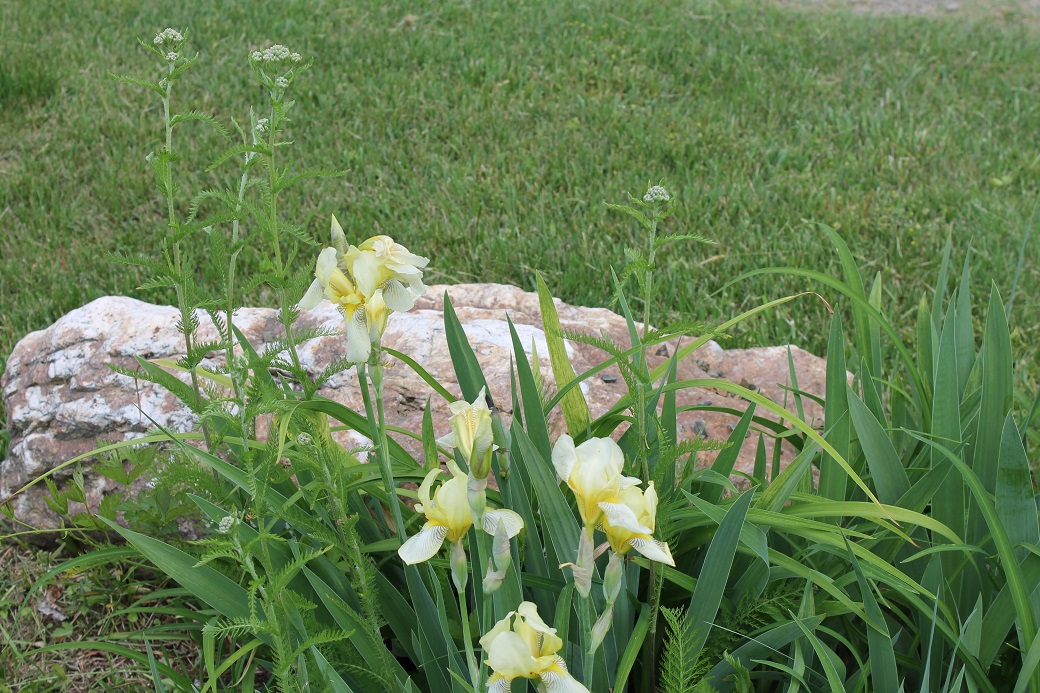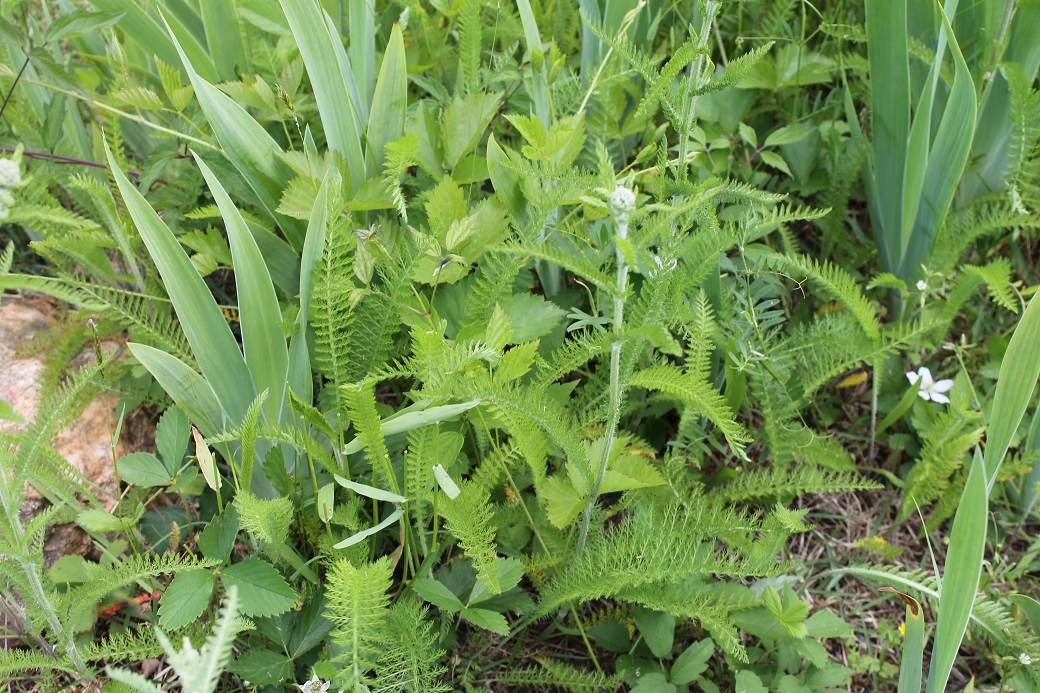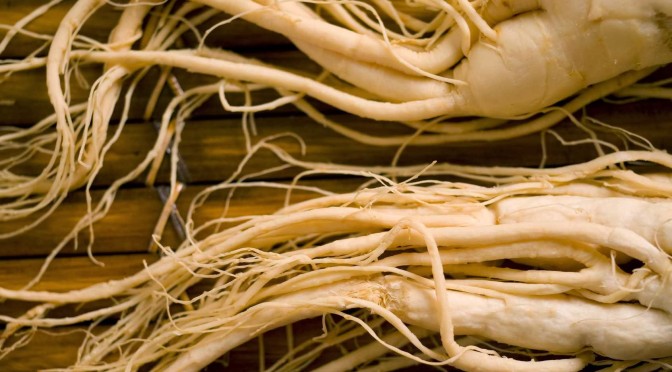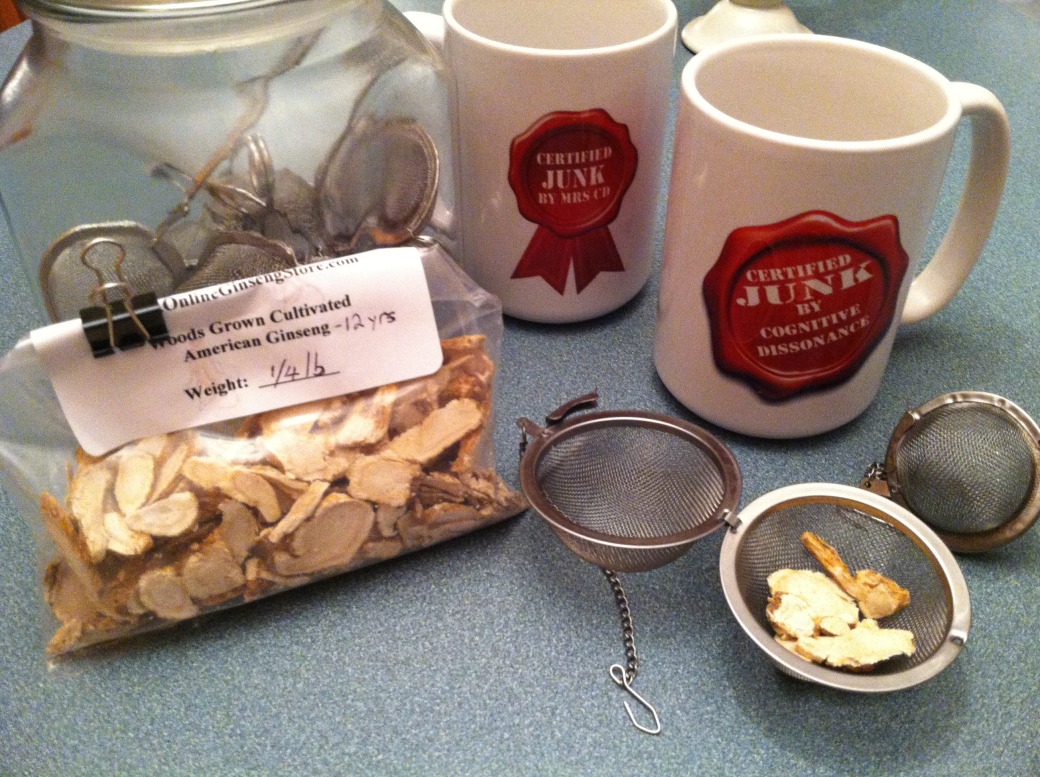From Mrs. Cog's Corner
The content on this page is for discussion purposes relating to health and well being only and is not intended to be medical advice. Links and sources provided are for informational purposes and do not represent an endorsement of a person, product or treatment.
The exotic aroma of frankincense and myrrh have been valued since the days of ancient Babylonia and Assyria. They were traded between the Phoneticians and Egyptians, referenced in the Sanskrit and Greek texts, but many today only know of these substances from Christmas stories as the gifts of the Magi.
What is so magical about these resins from desert trees that grow in Somalia, Ethiopia, India and the Arabian peninsula? As with the essence of many plants, they offer antimicrobial properties including antibiotic, anti-inflammatory, anti-viral, anti-fungal, anti-septic and even anti-depressant benefits. Further, the anti-cancer properties are being confirmed by modern medicine as more studies are being published all the time describing aspects of the role they play in cell death of various cancers.
As if these discoveries weren't exciting enough on their own, there are purported energetic and spiritual uses for frankincense and myrrh as many believe they open chakras, cleanse energy and drive away evil. The stories and sources are too numerous for this writing, and I could easily spend weeks or more researching the history and applications. But Google is your friend.
I keep a glass jar with frankincense and myrrh essential oils on my desk. Inhaling the scents deeply help me to both focus and also seems to stop my sneezing when allergies kick in. I am aware of the medicinal properties that I also reap from this as inhaling essential oils immediately interacts with the limbic system, allowing benefits to take effect quickly.
I am also enjoying a homemade salve made with frankincense and myrrh in organic beeswax, coconut oil and vitamin E. With all the medicinal and psychological/spiritual advantages of these oils they are a must have for our long term medicine cabinet. Stored properly in amber glass vials at moderate temperatures, they have an indefinite shelf life. As with any natural substance I suggest using "therapuetic grade" oils only and doing research about the sources of it before making purchases.
Read more at http://quotes.dictionary.com/search/myrrh?page=1#JdXOXl4XSagH932z.99
When songs I wove for my beloved hide the prayer,
And smoke from this dead heart drifts through the violet air
And covers away the smoke of myrrh and frankincense;
Bend down and pray for all that sin I wove in song....
Read more at http://quotes.dictionary.com/search/myrrh?page=1#JdXOXl4XSagH932z.99
When songs I wove for my beloved hide the prayer,
And smoke from this dead heart drifts through the violet air
And covers away the smoke of myrrh and frankincense;
Bend down and pray for all that sin I wove in song....
Read more at http://quotes.dictionary.com/search/myrrh?page=1#JdXOXl4XSagH932z.99
"Many the lumps of frankincense on the same altar; one falls there early and another late, but it makes no difference"
– Marcus Aurelius
“The words which express our faith and piety are not definite; yet they are significant and fragrant like frankincense to superior natures.”
– Henry David Thoreau
O women, kneeling by your altar-rails long hence,
When songs I wove for my beloved hide the prayer,
And smoke from this dead heart drifts through the violet air
And covers away the smoke of myrrh and frankincense...
- William Butler Yeats
According to researchers from the University of Leicester in the UK, led by Kamla Al-Salmani, frankincense has been used for centuries as an anti-infllammatory, making it useful for the treatment of conditions such as asthma, various skin conditions and gastroenteritis. In 2011, Medical News Today reported on a study suggesting that frankincense may help to treat arthritis.Previous research has also suggested that frankincense may be useful for the treatment of some cancers, including breast, colon and prostate cancer. This is due to a compound it contains, called acetyl-11-keto-beta-boswellic acid (AKBA). http://www.medicalnewstoday.com/articles/270505.php
The traditional applications of Frankincense are very diverse - ranging from dental disease to skin conditions, to respiratory complaints and digestive troubles - to name but a few. Throughout the ancient world, from Egypt to China and from India to Rome - not to mention the Arabian countries where Frankincense was grown, used not only the oleoresin, but practically every part of the tree: root and bark, bud, flower and fruit - as well as the resin and the essential oil all had their various uses. http://www.sacredearth.com/ethnobotany/plantprofiles/frankincense.php
While it may be easy to understand gold being a precious gift, in truth, frankincense and myrrh’s value far outweighs that of gold and extends far beyond biblical lore. These plants are healing on an emotional, physical and spiritual level and more than simply symbols of the season. http://www.care2.com/greenliving/magical-and-medicinal-frankincense-and-myrrh.html?page=1
Sources:
http://science.howstuffworks.com/life/botany/question283.htm
http://www.history.com/news/a-wise-mans-cure-frankincense-and-myrrh
http://www.mei.edu/sqcc/frankincense
http://articles.grandmasherbs.com/articles/Medicinal-Herbs/frankincense-204.html
Studies and Research Papers on Boswellia and Commiphora (Frankincense and Myrrh):
-
Frankincense essential oil prepared from hydrodistillation of Boswellia sacra gum resins induces human pancreatic cancer cell death in cultures and in a xenograft murine model
-
The additive and synergistic antimicrobial effects of select frankincense and myrrh oils--a combination from the pharaonic pharmacopoeia
-
Boswellia serrata, a potential antiinflammatory agent: an overview
-
Evaluation of the anti-inflammatory and analgesic properties of individual and combined extracts from Commiphora myrrha, and Boswellia carterii
-
Commiphora molmol in human welfare
- The Jerusalem Balsam: from the Franciscan Monastery in the old city of Jerusalem to Martindale 33
